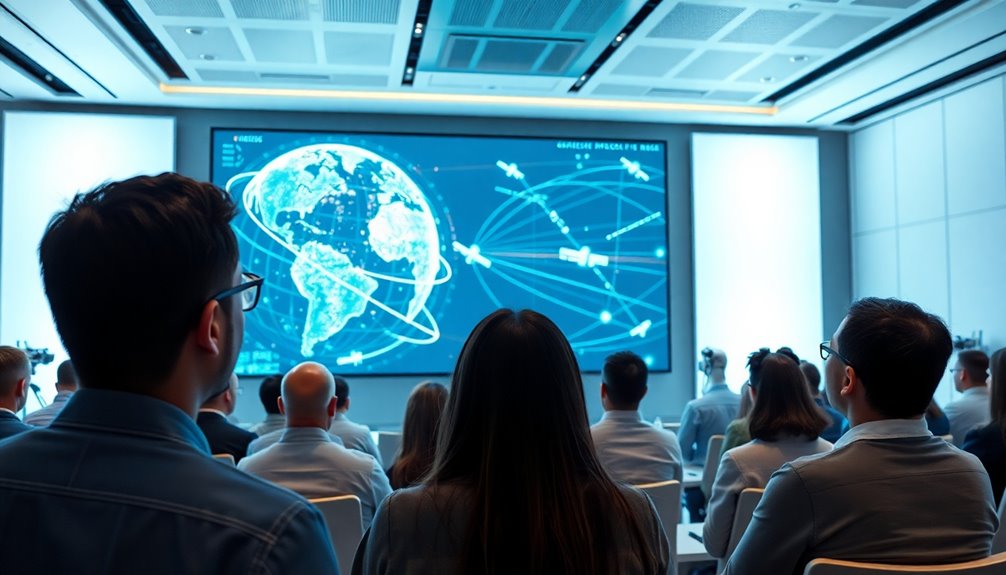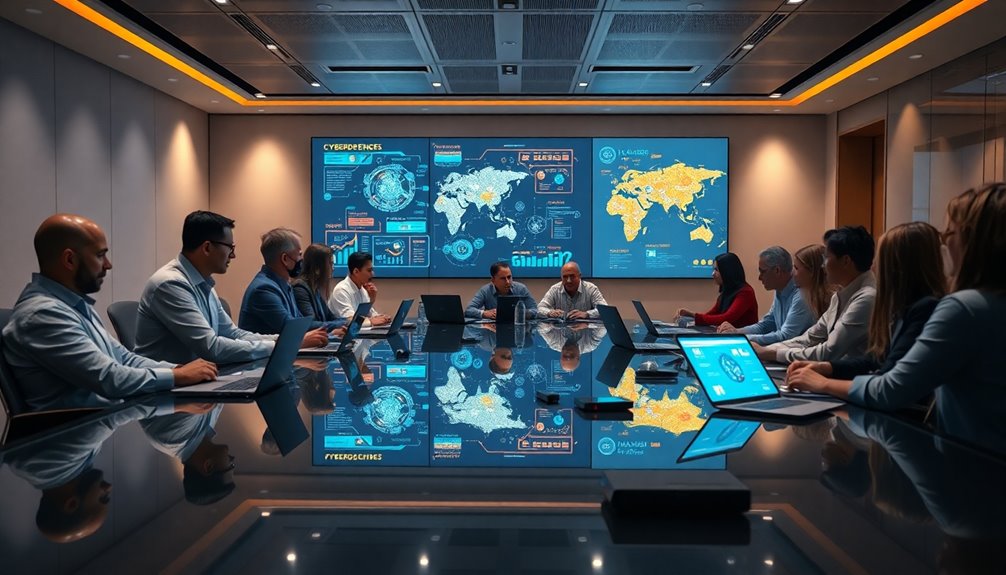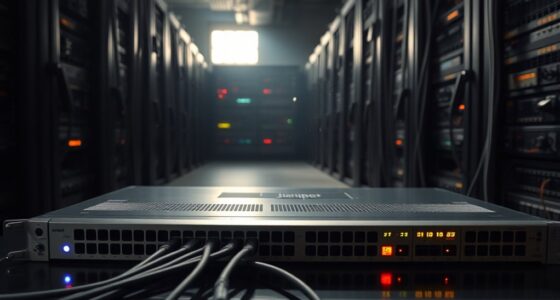
As cyber threats evolve and expand into new domains, understanding the intersection of cyberdefense, space, and artificial intelligence becomes crucial. The numbers surrounding cybercrime are staggering; by 2025, it’s projected to cost the global economy about $10.5 trillion annually. You might be surprised to learn that the professional services sector alone accounts for around 15% of all cyberattacks, making it a prime target.
The cybersecurity workforce is struggling to keep pace, with a shortage exceeding 4 million positions globally. This gap underscores the urgency of equipping people with the necessary skills to combat rising threats. Small and medium businesses (SMBs) increasingly targeted by cybercriminals represent a significant portion of this workforce challenge.
The global cybersecurity workforce faces a critical shortage of over 4 million professionals, highlighting the urgent need for skilled talent.
Cyber insurance has become a necessary measure, with premiums rising significantly—11% in early 2023 and a whopping 28% in late 2022. These increases reflect the growing risks businesses face in the digital landscape. As organizations look for ways to bolster their defenses, AI and machine learning are increasingly deployed to automate processes and enhance response times.
However, it’s not just defenders utilizing these technologies; attackers are also leveraging AI, leading to a dynamic and challenging cybersecurity environment.
In the realm of space, satellites are becoming critical infrastructure that cybercriminals target. A successful cyberattack on a satellite could disrupt global communications and navigation systems, creating widespread chaos. This emerging threat highlights the pressing need for international regulations to protect these space-based assets.
As nations grapple with these vulnerabilities, collaboration becomes essential. Working together can help establish standards and improve security protocols for space systems.
AI also plays a pivotal role in enhancing cybersecurity within space technology. It’s being explored for its potential to safeguard these systems, but challenges remain. For instance, managing machine identities is becoming increasingly critical as the landscape evolves.
Moreover, generative AI is shifting the focus of data security programs from structured to unstructured data, presenting both opportunities and hurdles.
With supply chain attacks skyrocketing by 431% between 2021 and 2023 and geopolitical tensions escalating—like those experienced during the Russia-Ukraine conflict—cybersecurity spending reached $176 billion in 2023.
Ransomware continues to be a significant threat, with North America experiencing the highest number of attacks. As the stakes rise, addressing these multifaceted challenges through innovative strategies and international cooperation becomes imperative.
Combining efforts in cyberdefense, space, and AI may very well be the key to securing our digital and physical landscapes.









